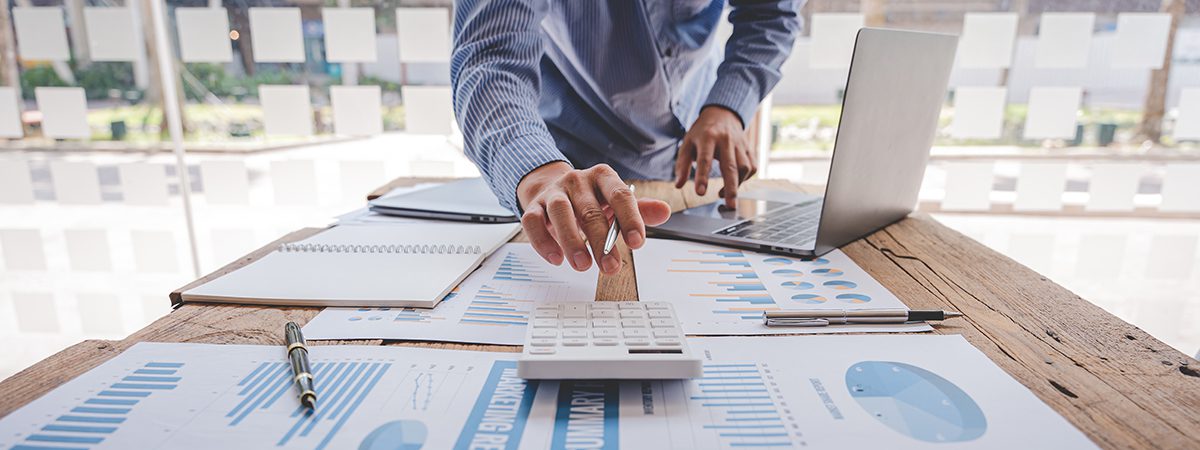This has been a year of inflation and the corresponding interest rate adjustments. When we began the year, the Federal Reserve suggested that they would raise rates approximately three times, each time for a .25% raise, for a total of a .75% increase. However, inflation didn’t behave as expected and the Fed has instead increased the rate more than expected – so much in fact that each of the 4 meetings this year has had a .75% increase.
When will interest rates stop rising?
Where does that take us going forward? How much higher can we go? And how will it impact your financial life, including your retirement?
We started this year with a Fed Fund rate between .25% and .50% and we’re hovering in the range of 3.75% to 4% now. The general consensus between economists is that we likely have another 2 or 3 additional rate increases over the next few meetings this year and into the beginning of next year. The terminal rate, or the rate where we’ll likely stop going up, may rest around 4.5% or 5%.
Interest rates were artificially low
It’s important to remember that when we headed into his year, interest rates were artificially low. We were dealing with an accommodative policy set by the Fed in hopes to speed an economy that was slowed from the pandemic. These sorts of accommodative policies are typical in times of economic slowdown, such as the ’08 easing that we saw during that stalled economy. We’ve simply been in an accommodative place for a while due to a lack of inflation up until recently.
Terminal rates
The goal for the Fed is to fight inflation and get us back to “normal” where we aren’t speeding up or slowing down the economy. While we’re still fighting inflation though, the best weapon the Fed has to fight is rate increases, and they’ll keep using it until inflation starts to abate. It’s likely that the Fed will continue to raise rates until it impacts inflation, and once it does, we’ll see them lower rates until we hit a sweet spot around 3%-4% long term.
What rates mean for your retirement
Interest rates have a lagging effect, so it will take time to see how things play out and how the market recovers from both inflation and the rising rate situation. The longer that inflation persists and the higher that rates go, the greater the chance of a more drawn out recession and longer recovery. However, there is hope that it has been 40 years since we’ve tackled runaway inflation as a country and we are seeing signs that inflation is starting to come down again. As with any investing, staying invested for the long term and staying diversified while remaining calm and unbiased will likely give you the best chance for success.
This article was written by Andrew Rosen from Forbes and was legally licensed through the Industry Dive Content Marketplace. Please direct all licensing questions to [email protected].





